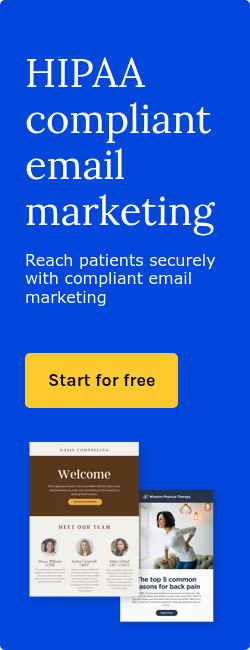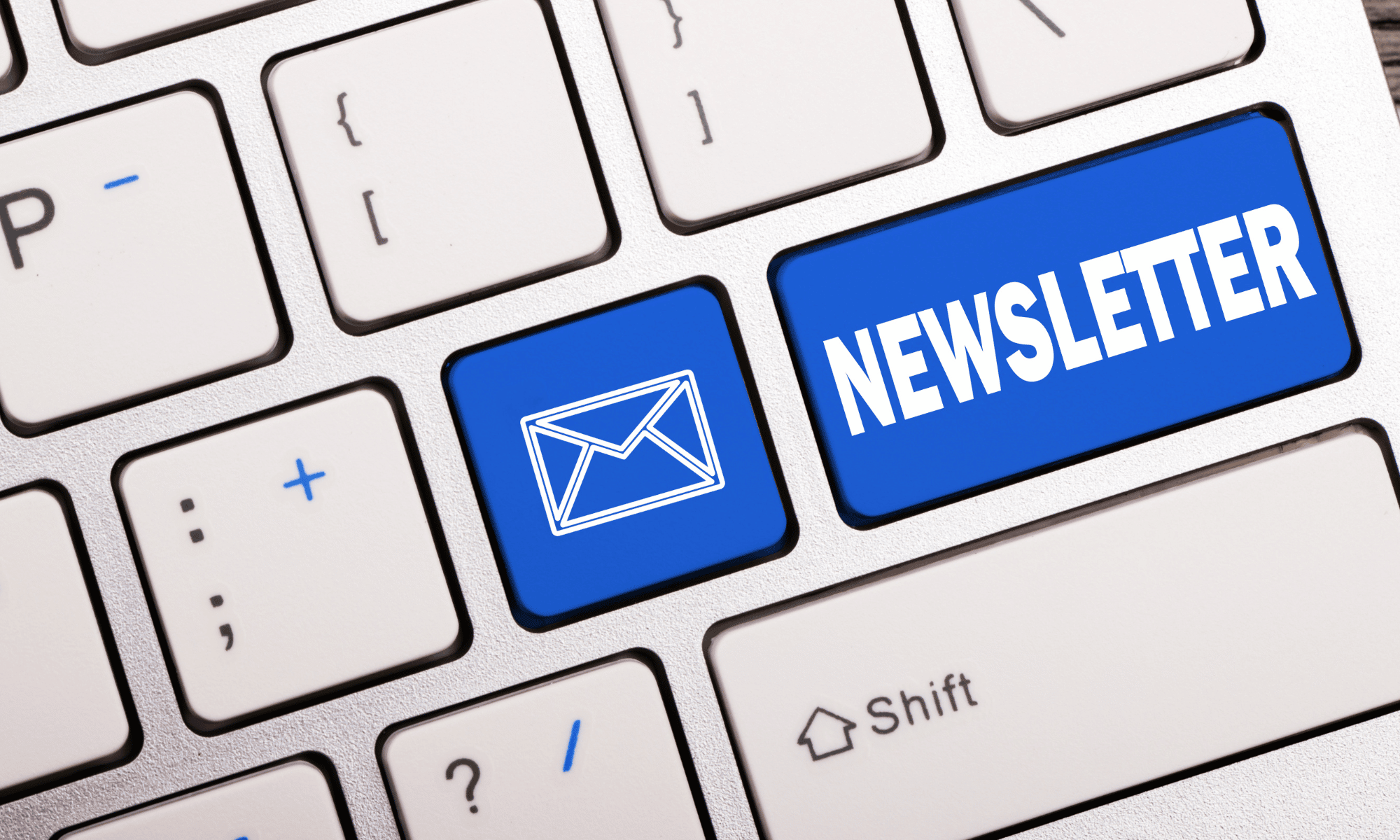2 min read
Ten tips to revolutionize your relationship with patients through email in 2023
Anne-Marie Sullivan December 22, 2022

Effective patient-provider relationships play a role in delivering optimal care, and one tool stands out as a powerful catalyst for transforming these relationships: email communication. With its potential to revolutionize patient-provider interactions, email has emerged as a valuable means of enhancing engagement and improving healthcare outcomes.
The power of personalized communication
Personalized email communication has been proven to enhance the customer experience, with over 36% of email users expressing a desire for more personalized email communication. In a saturated landscape of spam emails and generic bulk messaging, direct and personalized communication is a powerful strategy for distinguishing healthcare providers and cultivating long-lasting relationships.
Unique challenges faced by healthcare marketers
Healthcare marketers face the challenge of balancing effective business practices with protecting sensitive patient data entrusted to their organization. Aspects of the security of protected health information (PHI), such as data encryption, are requirements for any communication.
Further challenges include:
- Regulatory compliance: Healthcare organizations must navigate and adhere to various regulations and guidelines, such as HIPAA, to protect patient privacy and confidentiality when email communication.
- Maintaining patient trust: Building and maintaining patient trust allows for improved loyalty and patient preference for the service.
- Information overload: Patients receive a significant amount of email communications daily.
- Deliverability and spam filters: Emails from healthcare providers may be mistakenly flagged as spam or blocked by email filters, making it challenging to reach patients' inboxes.
- Limited patient engagement: Encouraging patients to actively engage with email communications is often difficult.
- Technological barriers: Some patients may have limited access to or familiarity with email communication, particularly among older or underserved populations.
Optimizing email communication: Strategies for improvement
- Personalization: Tailor email content to address individual patient needs, preferences, and demographics, ensuring relevancy and resonance.
- Clear and concise messaging: Use concise and easily understandable language to communicate information effectively.
- Compelling subject lines: Craft subject lines that are concise, intriguing, and relevant to increase open rates and engagement.
- Visual appeal: Incorporate visually appealing elements, such as images and infographics, to enhance engagement and comprehension.
- Call-to-action (CTA): Include clear and actionable CTAs that guide patients to take the desired steps, such as scheduling an appointment or accessing additional resources.
Evaluating email campaign performance: Metrics and analytics
Monitoring new procedures for healthcare providers plays a role in evaluating their effectiveness. Metrics and email analytics effectively track patient response and measure the success of implemented strategies. Healthcare marketers can gain insights into patient engagement, satisfaction, and outcomes by analyzing these metrics. Methods of tracking metrics include:
- Open rate: Track the percentage of recipients who open the email, providing insights into the effectiveness of subject lines and email relevance.
- Click-through rate (CTR): Measure the percentage of recipients who click on links within the email, indicating engagement with the content and CTAs.
- Conversion rate: Evaluate the percentage of recipients who complete the desired action, such as scheduling an appointment or signing up for a program, to assess the overall effectiveness of the email campaign.
- Unsubscribe rate: Monitor the rate at which recipients unsubscribe from the email list, indicating potential issues with email content, frequency, or relevance.
- A/B Testing: Conduct experiments by testing different variations of email content, subject lines, or CTAs to identify the most effective elements for improving engagement and conversion rates.
Read more: Email metrics for effective healthcare email marketing campaigns
Enhancing email with third-party services
Implementing and utilizing third-party email encryption services is a viable solution combining the advantages of HIPAA compliance, security, and patient engagement. These tools effectively address HIPAA compliance while enabling seamless communication with patients. By leveraging encryption technologies, healthcare providers can prioritize data security and streamline patient engagement, balancing privacy and communication.
Both Paubox are trusted by healthcare providers for their robust security features, scalability, and ease of use. HIPAA email marketing solutions protect sensitive patient data, help healthcare organizations maintain regulatory compliance, and mitigate the risks associated with email-based cyber threats.
Read more: HIPAA Compliant Email: The Definitive Guide
Subscribe to Paubox Weekly
Every Friday we'll bring you the most important news from Paubox. Our aim is to make you smarter, faster.




